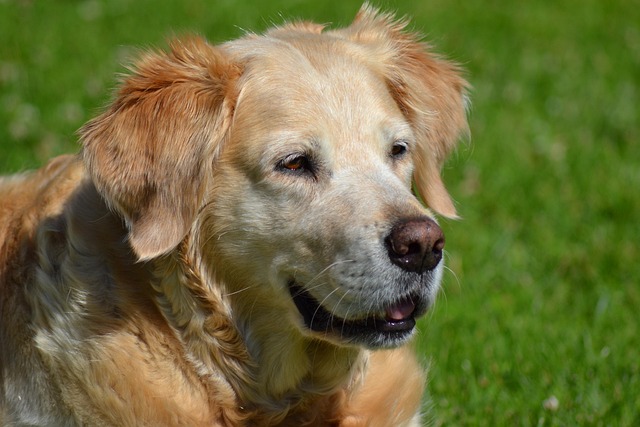
When should I worry about my dog's eyes
That worried feeling when your pup squints in the bright afternoon sun during your neighborhood walk or has a bit of goop in the corner after a nap – is it normal, or time to panic?
If you’ve ever scrolled through pet care blogs or chatted with fellow dog parents, you’ve probably heard coconut oil hailed as a “miracle” for dry dog skin. A new lab owner in Florida texted me last week, holding up a jar: “Everyone says this works, but is it really good for my pup’s flaky elbows? He’s been scratching like crazy since the AC cranked up.” The short answer: Yes, coconut oil can be a great moisturizer for dogs—but like any tool, it works best when used right. Let’s break down why it’s effective, how to apply it safely, and when to reach for it (or skip it).
First, what makes coconut oil dog-friendly? It’s rich in medium-chain fatty acids, which moisturize skin and have mild antibacterial properties—handy for soothing small, dry patches that might get irritated from scratching. Unlike some oils, it’s solid at room temperature but melts quickly in your hands, making it easy to apply. A dog’s skin has a neutral pH (around 7.0), and coconut oil’s gentle composition matches that, so it’s less likely to cause irritation compared to human lotions (which are often acidic). A 2023 study in Veterinary Dermatology found that 70% of dogs with mild dryness showed improvement after 2 weeks of targeted coconut oil use—proof it’s more than just a trend.
But it’s not one-size-fits-all. Breeds with thick, double coats (like huskies) can get greasy if you overdo it, since the oil gets trapped under layers of fur. Small dogs (like Chihuahuas) need tiny amounts—too much can lead to upset stomachs if they lick it off. My neighbor in Colorado learned this with her golden retriever: “I slathered it on his back, and he looked like he rolled in butter. Now I use a pea-sized amount on his elbows—works better, no mess.”
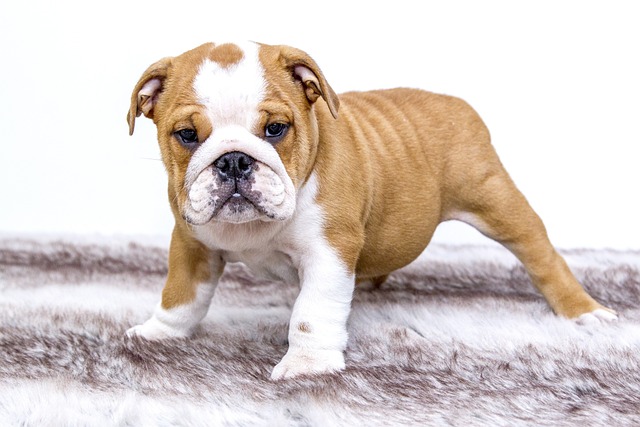
Here’s how to do it right. Start with unrefined, organic coconut oil (avoid processed versions—they lose nutrients). Scoop a small amount (a teaspoon for large dogs, a quarter-teaspoon for small ones) and rub it between your palms until it melts. Gently massage it into dry areas: elbows, belly, or the base of the tail. Avoid eyes, ears, and paw pads (greasy pads can make them slip on floors). A beagle owner in my local park swears by this routine: “I do it after our morning walk, and he leans into the massage. The treats I give afterward make him beg for ‘oil time’—it’s become our bonding ritual.”
For internal benefits, mix a tiny bit into their food. The fatty acids nourish skin from the inside, making fur shinier and reducing overall dryness. A vet in Texas recommended this to a client with a dachshund: “Her coat was dull and patchy until we added a teaspoon of coconut oil to her kibble. Now it’s so soft, people comment on it at the dog park.”
Make it positive—never force it. If your dog squirms, pause, offer a freeze-dried chicken treat, and try again later. Yelling or holding them down will make them fear the process, and stressed dogs scratch more. A rescue terrier I worked with in Oregon used to flinch when anyone touched her back; now she nuzzles my hand for coconut oil, tail wagging, because she knows snacks follow. Kindness matters more than speed, just like with training.
Let’s tie this to real-world norms. Legally, keep your dog’s rabies vaccine current (required in all U.S. states)—healthy immune systems mean healthier skin, so regular vet visits help catch issues like thyroid problems (a hidden cause of dryness). In apartments, lay a towel under your dog during application to avoid oily couches. When out walking, wipe their coat lightly if they’ve been oiled—no one wants coconut oil on their jeans. And always carry poop bags (fines hit $250 in Seattle)—using coconut oil doesn’t excuse skipping basic etiquette.
Know when to skip it. If your dog has hot spots, open wounds, or severe allergies, coconut oil can trap moisture and worsen irritation—call your vet instead. For these cases, medicated balms are better.
At the end of the day, coconut oil is a solid go-to for mild dryness. Used gently, it soothes skin, strengthens bonds, and keeps your pup comfortable. And when your dog trots over, their coat soft under your hand? That’s the best sign it’s working.

That worried feeling when your pup squints in the bright afternoon sun during your neighborhood walk or has a bit of goop in the corner after a nap – is it normal, or time to panic?
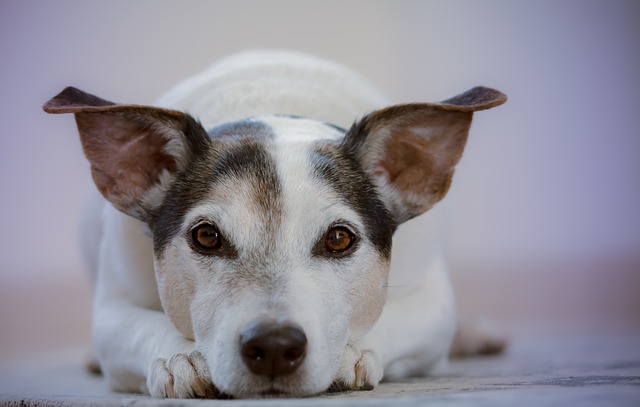
Waking up to the sound of your dog retching is enough to make any new pet parent panic.You rush over to find a small puddle on the living room rug,and suddenly you're hit with that urgent question:should you hold back their food to let their tummy settle?
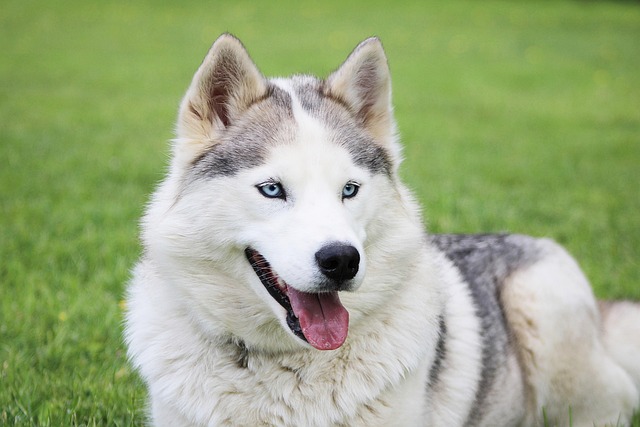
Husky puppies are little bundles of energy with a metabolism that burns through calories like a sled racing across snow. Their bodies need specific nutrients to support that nonstop activity, growing muscles, and thick double coats.
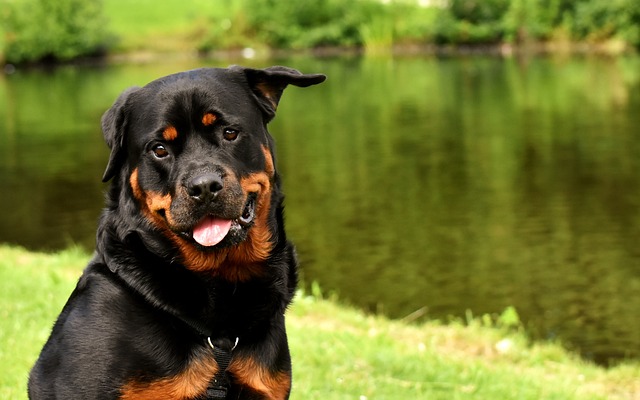
Does brushing a dog help with dandruff? If you’re a new dog parent in the US, you’ve probably stared at the white flakes on your couch, then at your pup’s brush
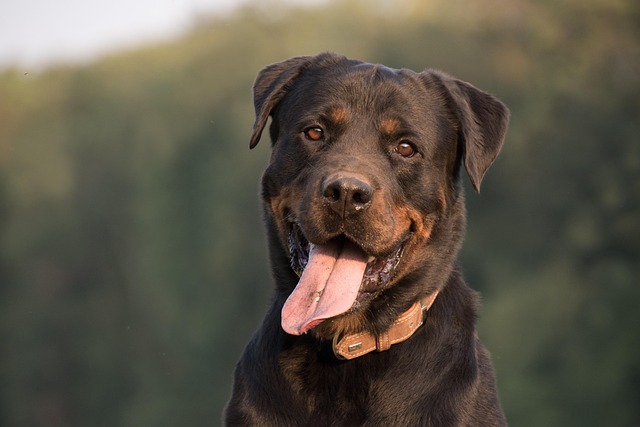
How to tell if a dog has dandruff or mites? If you’re a new dog parent in the US, you’ve likely leaned in to brush your pup and noticed small white flakes in their fur
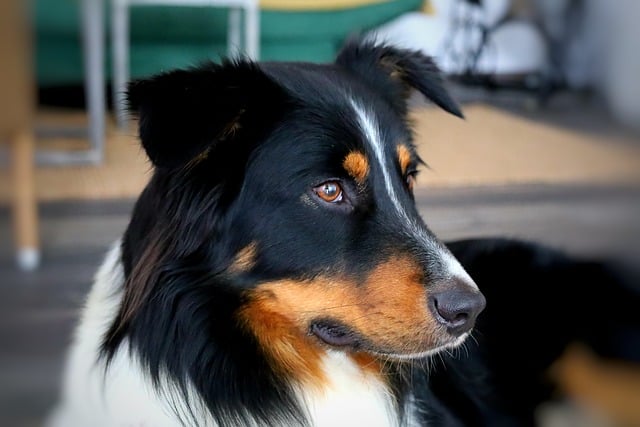
What food causes dandruff in dogs? If you’re a new dog parent in the US, you’ve probably brushed your pup and noticed a snowfall of white flakes